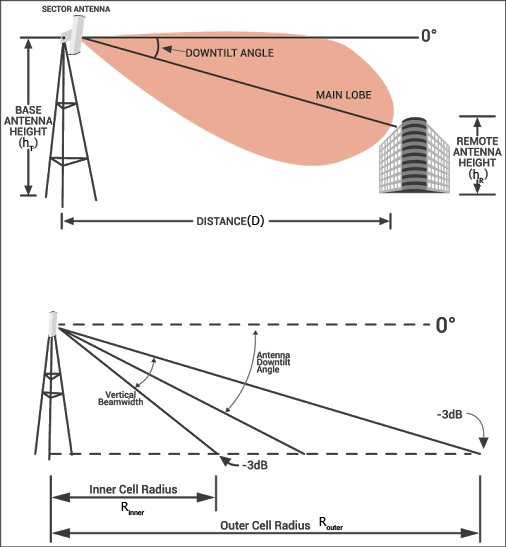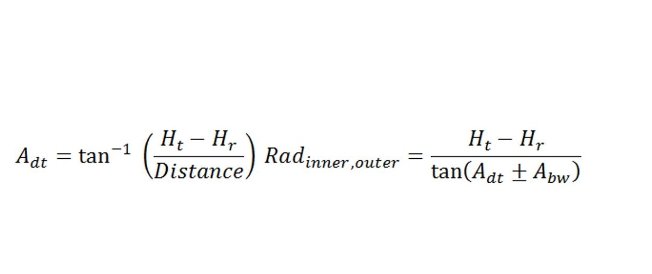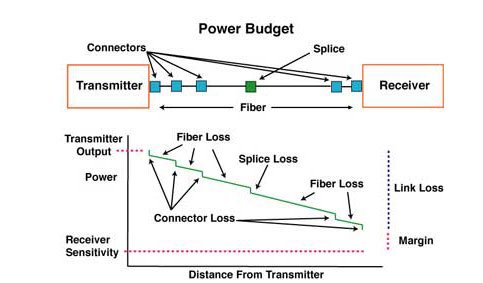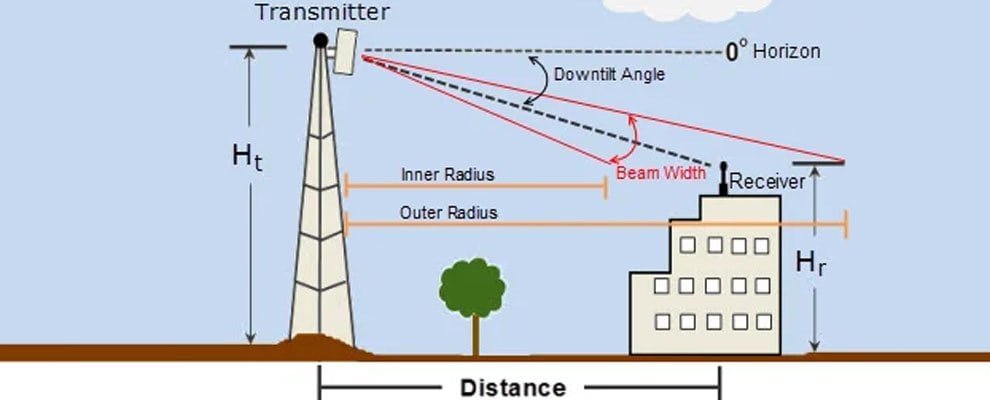When setting up a coaxial cable system, one of the most important factors to consider is calculating the correct antenna height. An antenna height calculator helps you determine the optimal height by considering factors such as antenna installation height, cable length, and cable bend radius. This guide will provide you with the essential steps to calculate antenna height accurately, ensuring your system performs optimally.
Steps to Calculate Antenna Height for Coaxial Cable Systems
To properly calculate the antenna height, it’s crucial to account for several factors. Using an antenna height calculator can simplify this process, but first, let’s break down the key steps involved.
1. Determine Antenna Installation Height
The first step is to determine the antenna installation height. This is the vertical distance from the ground to the bottom of the antenna. This measurement is crucial because it serves as the reference point for calculating the antenna height. The antenna height calculator will use this data to adjust for cable length and bending radius.


2. Measure the Total Length of Coaxial Cable
The next step is to measure the total length of the coaxial cable, from the bottom of the antenna to where it connects to the equipment or the next junction in the system. This length will affect the final antenna height calculation, as it impacts the total height adjustment needed for the system.
3. Account for Cable Bend Radius
The bend radius of a coaxial cable refers to the minimum radius at which the cable can be bent without affecting its performance. An antenna height calculator often includes a cable bend radius adjustment feature. If the cable is bent beyond its minimum radius, the effective length of the cable is reduced, which in turn affects the antenna height. Ensuring proper cable bend radius will help maintain signal integrity and performance.
4. Final Antenna Height Calculation
The final step is to subtract the adjusted cable length (taking the bend radius into account) from the antenna installation height. This will give you the final antenna height. For example, if the antenna installation height is 30 meters and the adjusted cable length is 5 meters, the effective antenna height would be 25 meters.
Additional Factors to Consider in Antenna Height Calculations
While the core steps of using an antenna height calculator are straightforward, additional factors can affect the accuracy of your antenna height calculation.
Environmental Factors
The environment surrounding your antenna plays a crucial role in signal propagation. Obstacles such as trees, buildings, or hills can impact the quality of the signal. When calculating antenna height, it is important to factor in any environmental elements that might influence the effective signal coverage area.
Cable Losses and Connector Losses
While calculating the antenna height, don’t forget to account for any potential signal loss due to the coaxial cable or connectors. This is especially important in large-scale systems or long cable runs. Cable loss calculators can help you factor in attenuation losses, ensuring that your antenna height and cable length are optimized for best performance.

Minimizing Cable Length
To reduce signal losses, always aim to minimize the total length of the coaxial cable. The longer the cable, the more likely it is to experience signal degradation. By shortening the cable run, you can improve system performance and reduce the need for adjustments in the antenna height calculation.
The Importance of Using an Antenna Height Calculator
An antenna height calculator is a valuable tool for anyone involved in the installation of coaxial cable systems. This tool automates the process of calculating the optimal antenna height, accounting for all necessary variables such as installation height, cable length, and bend radius. For B2B users, this tool ensures that installations are both efficient and accurate, helping businesses avoid performance issues caused by poor antenna height calculations.
Why Accurate Antenna Height Calculation Matters
Accurate antenna height calculation is essential for maximizing the efficiency and reliability of wireless systems. Incorrect antenna height can lead to poor signal strength, reduced coverage area, and overall system performance degradation. By using an antenna height calculator, you can avoid these issues and ensure that your system operates at its highest potential.
Conclusion: Achieving Optimal Antenna Height with the Right Tools
Accurately determining antenna height for coaxial cable systems demands careful consideration of multiple technical parameters. ZOMWAVE’s TV antenna height calculator simplifies this process by integrating essential variables such as cable length, installation height, and bend radius. This tool is critical for ensuring that professional wireless deployments meet rigorous performance standards. Precise antenna height calculation improves signal reliability, reduces installation errors, and saves time and resources. Whether implementing a compact system or a large-scale network, using a TV antenna height calculator establishes the foundation for high-performance, robust communication infrastructure. Trust ZOMWAVE to deliver precision and efficiency in every installation.

 Coaxial Cable Assembly
Coaxial Cable Assembly Microwave Test Cable
Microwave Test Cable Coaxial RF Connector
Coaxial RF Connector Coaxial RF Adapter
Coaxial RF Adapter Coaxial RF Termination
Coaxial RF Termination Coaxial RF Test Probe
Coaxial RF Test Probe Coaxial RF Attenuator
Coaxial RF Attenuator RF Switches
RF Switches Coaxial RF Power Dividers
Coaxial RF Power Dividers